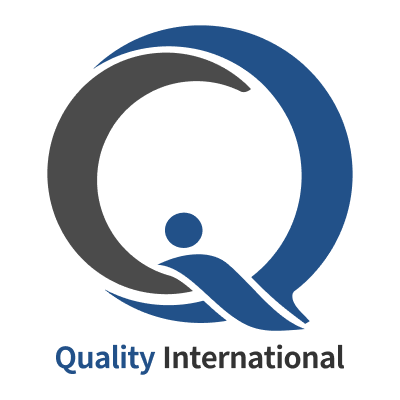GAP ANALYSIS (Optional Pre-assessment) – Only upon client’s request, gap analysis involves off-site evaluation of documentations and on-site performance of the client against the management system standard(s), to identify the level of compliance of the documentation and implementation by the client and readiness for the certification audit.
STAGE 1 (Initial Assessment) – Review and assessment of the client’s management system documentations such as policies, procedures, work instructions, etc. against the management system standard(s) requirement and report on any nonconformities identified during the assessment prior to the Stage 2 audit. Time frame between Stage 1 and Stage 2 shall not be longer than 6 months.
The Stage 1 assessment will consist of:
- evaluation of client’s management system documented information, to ensure all applicable requirements have been addressed
- review of client’s status and understanding regarding requirements of the standard, in particular with respect to the identification of key performance or significant aspects, processes, objectives and operation of the management system
- obtain necessary information regarding client’s scope of the management system, including client’s location(s), processes and equipment used, levels of controls established in case of multi-site), and applicable statutory and regulatory requirements
- evaluation of client’s site-specific conditions and to undertake discussion with the client’s representative (personnel) and determine client’s readiness to proceed for Stage 2 audit
- review allocation of resources for Stage 2 and agree its details with the client
- provision of a focus for planning Stage 2 by gaining sufficient understanding of client’s management system and site operations in the context of the management system standard or other normative document
- evaluation if the internal audit and management reviews are being planned and performed, and that the level of implementation of the management system substantiates that the client is ready for Stage 2
- site or facility visit (walk around)
STAGE 2 (Main Assessment) – Assessment of the client’s conformity to all the standard(s) requirement and their effective implementation of the established management system.
The Stage 2 assessment will consist of:
- information and evidence of conformity to all requirements of management system standard or other normative documents
- performance monitoring, measuring, reporting and reviewing against key performance objectives and targets (consistent with the expectations in the applicable management system standard or other normative documents)
- client’s management system ability and its performance regarding meeting of applicable statutory, regulatory and contractual requirements
- operational control of client’s processes
- internal auditing and management review
- management responsibility for the client’s policies
Following the completion of the Stage 2 audit, a detailed report is submitted to the client. All nonconformities have to be closed and evidence provided on the next audit.
CERTIFICATION – Following the satisfactory completion of Stage 2 audit, auditor’s report is reviewed by the Certification Committee which includes the corrective actions implemented to resolve all the nonconformities. A satisfactory result of the review substantiates the issuance of certificate(s) to the client. Quality International certification is valid for a three-year period. Certificate(s) will not be issued if there are any doubts about the Client’s compliance with the requirements of the management system standards or schemes for which the Client applied for. Quality International reserves the right to decline or refuse certification or cancel the certification process if client does not meet or purposely and intentionally unwilling to meet the requirements.
SURVEILLANCE (Maintaining Certification) – Yearly assessment (12 months) after certification grant, to demonstrate that the client continues to satisfy the requirements of the respective management system standard(s).
The yearly surveillance assessment will consist of:
- review of actions taken on nonconformities identified during the previous audit
- complaints handling
- effectiveness of the management system with regard to achieving the certified client’s objectives and the intended results of the respective management system
- progress of planned activities aimed at continual improvement
- continuing operational control
- internal audits and management review
- review of any changes
- use of marks and/ or any other reference to certification
Following the completion of surveillance audit, report will be submitted to the client.
RECERTIFICATION – Assessment is made to confirm the client’s management system’s continued conformity and effectiveness as a whole, and its continued relevance and applicability OF the scope of certification.
On-site Assessment addresses the following:
- effectiveness of the management system in its entirety in the light of internal and external changes and its continued relevance and applicability to the scope of certification
- demonstrated commitment to maintain the effectiveness and improvement of the management system in order to enhance overall performance
- the effectiveness of the management system with regard to achieving the certified client’s objectives and the intended results of the respective management system(s)
- continuing operational control
- internal audits and management review
- review of any changes
- use of marks and/ or any other reference to certification
If recertification audit is not completed, or when Quality International is unable to verify the implementations of corrections and corrective actions for any major nonconformities raised, prior to the expiry date of the certification, recertification will not be recommended, and certification validity will therefore not be extended.
AUDIT and CERTIFICATION PROCESS FLOW – Know about our Process of Certification


